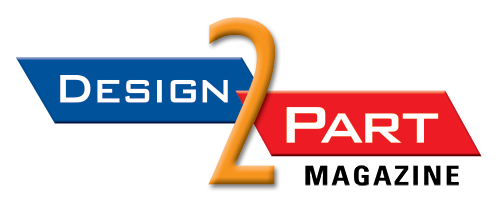PI’s new platform supports optimization of high-throughput processes in fields from photonics integrated circuits to optics, metrology, and micro-assembly.
AUBURN, Mass.—A new 6-axis motion platform and alignment system introduced by PI (Physik Instrumente) is purpose-built for high-throughput photonics integrated circuit (PIC) packaging and test applications, the company said in a release.
The F-690.S1 SpaceFAB nano-positioning platform features direct-drive linear motors, high-resolution, absolute-measuring encoders, and advanced alignment routines. It is engineered “to meet the most demanding requirements in silicon photonics, fiber array coupling, and free-space optics,” the company said in the release.
PI Americas, the U.S. operation of the PI Group, designs and manufactures precision motion control and photonics alignment technologies. The company operates five facilities in North America, including its head office in Auburn and additional design and manufacturing facilities in New England, according to the company’s website.
The foundation of the SpaceFAB system is a triad of XY nano-positioning stages, symmetrically arranged at 120-degree intervals. Each is equipped with cross-roller bearings and direct-drive linear motors. Absolute encoders provide nanometer-level resolution, and air pressure-activated brakes ensure positional safety during power loss or shutdown, the company said.
According to PI, each XY nano-positioning stage supports a linear bearing mounted on a wedge with a ball-joint connection. This forms an architecture that enables the moving platform to rotate in pitch, yaw, and roll.
“This unique structure provides smooth, coordinated 6-DOF motion with high dynamic response, exceptional repeatability, and extended XY travel,” the release stated. “The system is designed for long-term reliability, with robust, maintenance-free mechanics and the flexibility to operate in inverted orientations.”
At the heart of the SpaceFAB alignment system is the ACS-based SPiiPlusEC motion controller. It includes three low-jitter NanoPWM drives and 24-bit A/D converters optimized for high-resolution optical signal acquisition. All are fully integrated and configured by PI.
“This electronics suite enables ultra-precise optical feedback for real-time alignment optimization with minimal motion-induced noise,” the release stated.
The system supports direct Cartesian end-position commands, and all inverse kinematics and coordinate conversion are handled within the controller. A fully integrated “Pivot Anywhere” capability enables the user to set the pivot point by software, making adaptation to different PICs and mounting hardware easy, according to PI.
The SpaceFAB motion and alignment controller is preloaded with what PI called “a comprehensive suite of high-speed photonics alignment routines.”
These include Fast Multi-Channel Photonics Alignment (FMPA) Meander and Spiral Scans for efficient area-based signal acquisition and device characterization; Multi-Axis Gradient Search for rapid signal optimization across multiple degrees of freedom; and PILightningFast First Light Search, an optional feature said to provide first-light detection over a 500 x 500µm² area in just 0.3 seconds.
“These routines enable full-area spiral scans of 100×100µm² and 500×500µm² in as little as 0.3 seconds and 2 seconds, respectively,” the release stated. “After first light detection, search gradient convergence occurs in just 0.3 seconds, supporting both coarse acquisition and fine optimization with unmatched efficiency.”
According to PI, the F-690.S1 SpaceFAB 6-axis motion platform and alignment system is available with optional fiber and fiber array holders (model F-690.A1), featuring reversible fixture mounts for single fiber or array alignment. All necessary cables and accessories for controller connection are included, the company said.
In addition to supporting optimization of high-throughput processes in PIC, photonics, and optics, the F-690.S1 SpaceFAB nano-positioning platform is said to facilitate optimization of high-throughput processes in fields such as metrology, semiconductor test, and micro-assembly.
